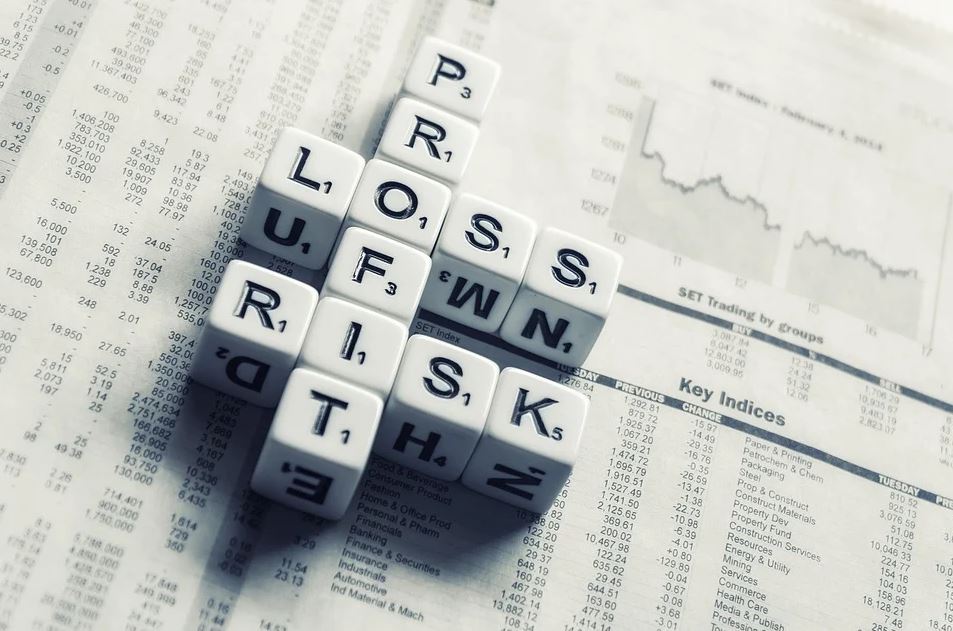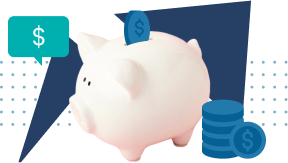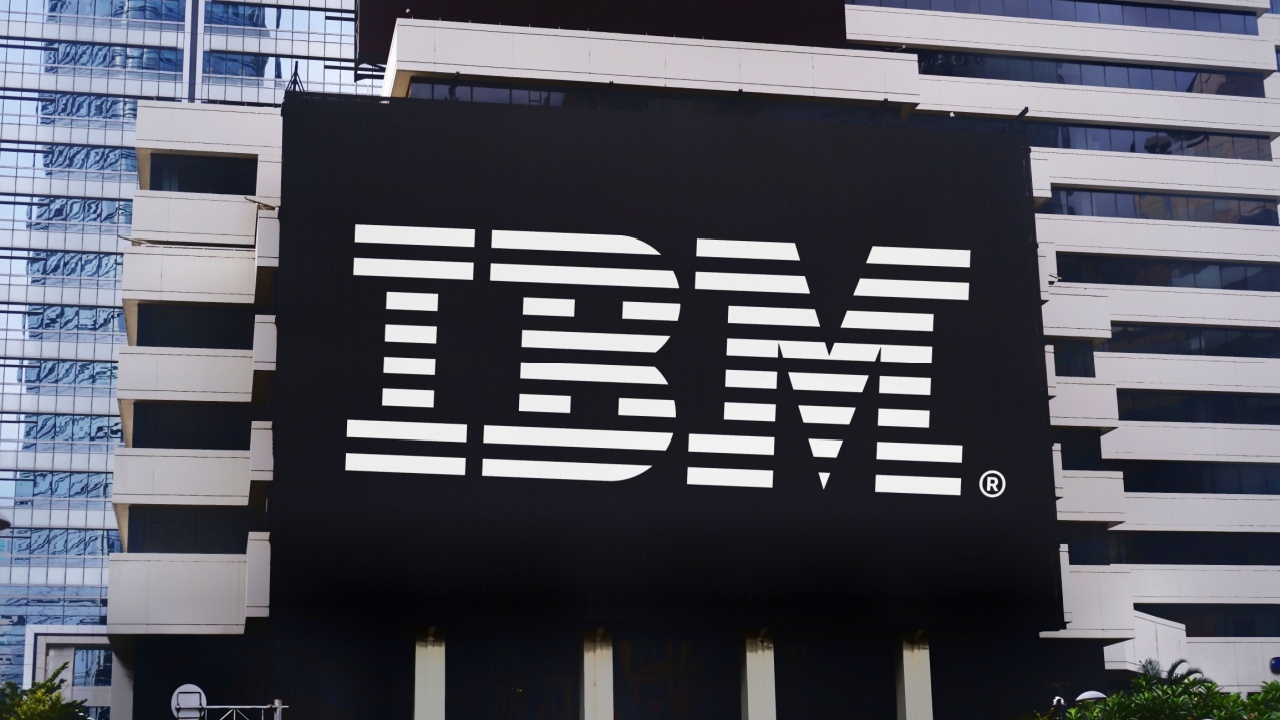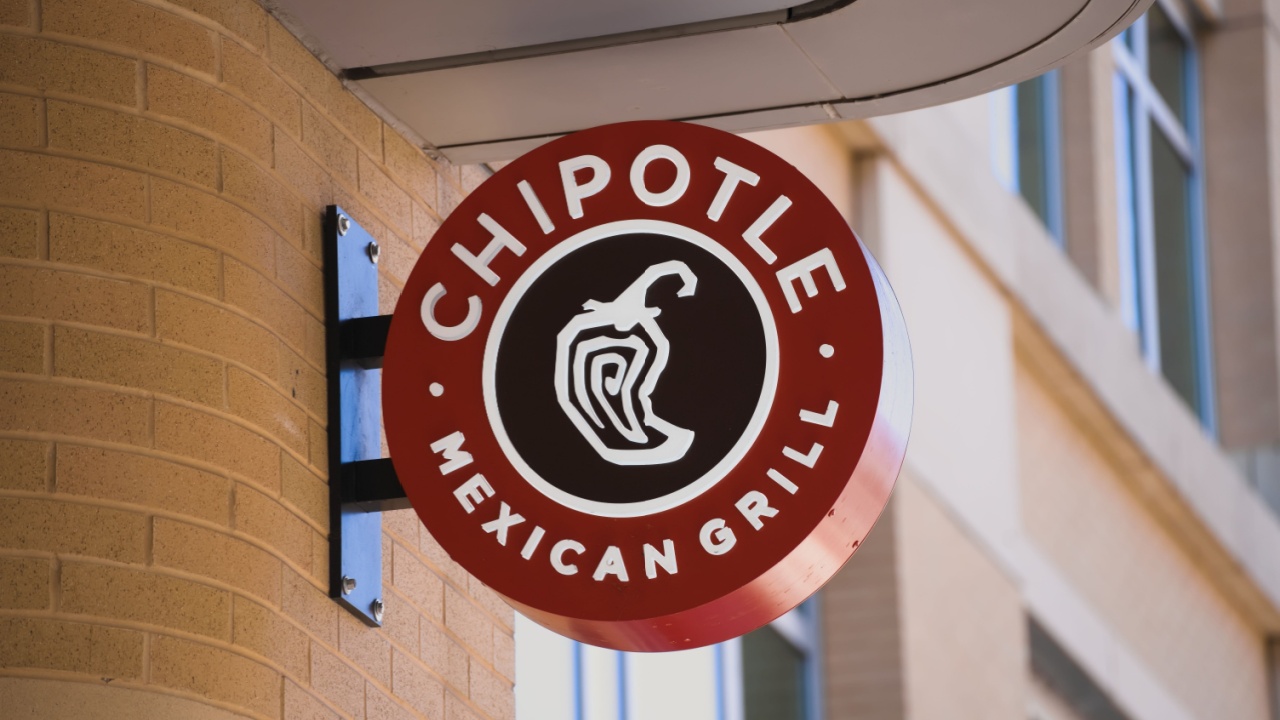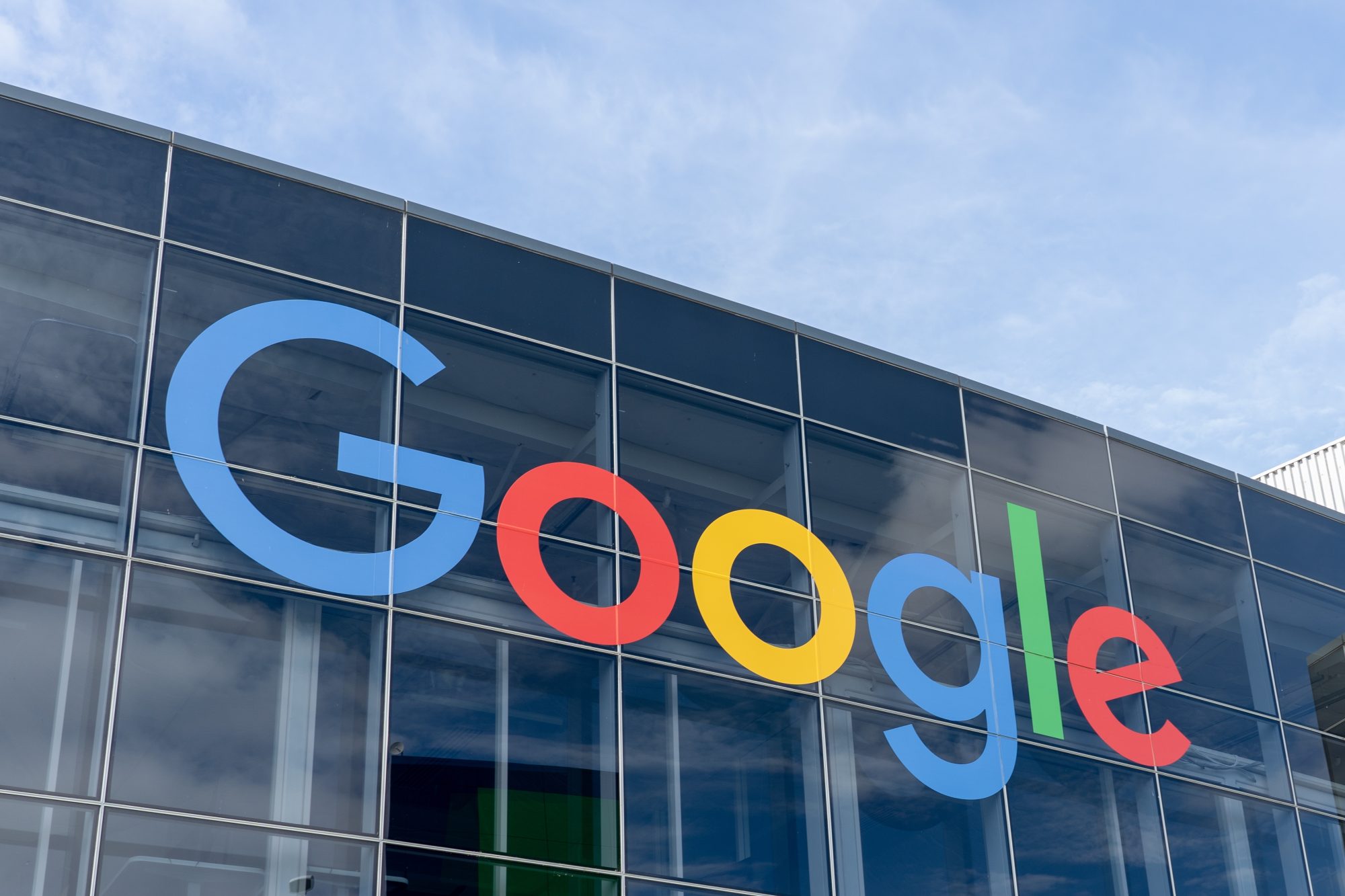Broyhill Asset Management presentation titled, “Don’t Confuse Cheap With Value”
Key Takeaways
- Multiples are shortcuts; not valuation
- Growth is not value; without adequate returns
- Smoking is dangerous; don’t confuse cheap with value
- Moats matter; don’t confuse activity with accomplishment
What does a multiple mean?
[drizzle]Cheap vs Value
The market's price-to-earnings multiple has historically averaged around 16x normalized earnings
But what does a PIE ratio actually tell us?
The market’s long-term average P/E multiple tells us that if you buy the market at an average price, you should expect long-term average returns. If you buy the market at a lower price, you’ve historically earned higher than average returns. The reverse, of course, is also true.This is common sense.
With a long enough time horizon, we know this works if you are buying “the market”.. but what about buying individual businesses?
How do we know the “right” price?
Let’s play a little game. We have three businesses here. An investment bank. A technology company. And a mature biotech firm.
They all trade around the same multiple of earnings. They have very different economics. What does the P/E multiple tell you? Which of these businesses is cheap? Which is expensive?
The point is, we need more information. A low P/E isn’t always cheap. And as we’ll see in a moment, a high P/E isn’t always expensive.
Let’s try another one. I’m going to give you a statistic, and you tell me which business is the better value.
- PE
- Dividend
- Growth
OK. What are we missing? What information do we need to assess the value of these businesses.
Would this change your opinion?
It should. Company A should trade at about 7x all else being equal. Company B - about 16x. Why? Good question. Let’s have a look.
Common yardsticks tell you little about valuation. But they make great shortcuts for lazy investors and good material for talking heads. But as we’ve seen, P/E’s tell us little about value. In order to truly understand what something is worth, we need to understand two variables. Cash in. Cash out. That’s it.
Most investors have a tendency to focus on the “cash out” - this is the fun part. It’s what managements boast about in earnings releases. But how often have you seen a management team tell you about the massive investment required to generate that cash. The “cash in” is just as important!
Here’s a classic example:
Berkshire bought See’s Candy for $25 million in 1972. Its sales were $30 million. Pre-tax earnings were less than $5 million. The capital required to run the business at the time was $8 million.
From 1972 to 2007 See’s sales grew to $383 million. Pre-tax profits grew to $82 million. And the business only required an additional $32 million in capital. That additional capital generated $1.35 billion in cumulative pre-tax earnings.
See the full slides below.
[/drizzle]